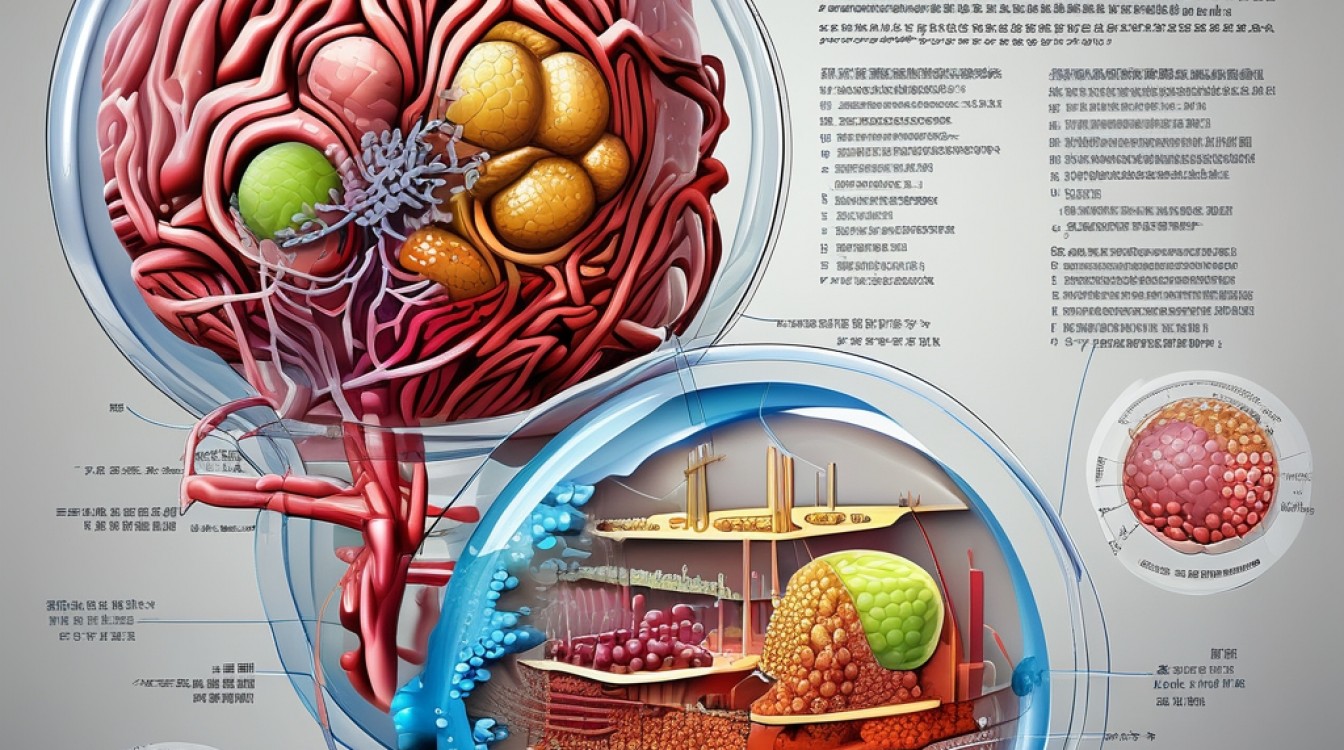Glycans are complex carbohydrates that play crucial roles in various biological processes. They are composed of monosaccharide units linked together by glycosidic bonds, and their structures can vary significantly based on the arrangement and type of these monosaccharides. Glycans are found on the surfaces of cells and proteins, where they participate in cell-cell communication, immune responses, and pathogen recognition.
Types of Glycans
Glycans are categorized into four main types:
1、N-linked Glycans: These are attached to the amide group of asparagine residues in proteins. They typically have a branched structure with a common core of three glucose, nine mannose, and two N-acetylglucosamine units.
2、O-linked Glycans: These are linked to the hydroxyl group of serine or threonine residues in proteins. They do not have a common core structure and can vary widely in composition.
3、Glycosaminoglycans (GAGs): These are long, unbranched polysaccharides made up of repeating disaccharide units. They include hyaluronan, chondroitin sulfate, dermatan sulfate, heparin, and heparan sulfate. GAGs often interact with proteins to form proteoglycans.
4、Glycoconjugates: These are molecules where glycans are covalently attached to other biomolecules such as proteins or lipids. Examples include glycoproteins and glycolipids.
Functions of Glycans
Glycans serve multiple functions across different biological systems:
Cell Recognition: Glycans on cell surfaces mediate interactions between cells and between cells and their environment. For example, they play a role in immune cell activation and adhesion.
Structural Support: In tissues like cartilage and connective tissue, glycans provide structural integrity and resilience.
Protein Folding and Stability: N-linked and O-linked glycans help in the proper folding and stability of glycoproteins.
Pathogen Defense: Glycans act as recognition sites for pathogens and trigger immune responses. For instance, the influenza virus binds to specific glycan structures on host cells.
Structure and Biosynthesis of Glycans
The biosynthesis of glycans involves the sequential addition of monosaccharide units to a growing chain by specific enzymes called glycosyltransferases. The process occurs in the endoplasmic reticulum (ER) and Golgi apparatus.
N-Linked Glycan Biosynthesis
1、Initial Attachment: A pre-assembled oligosaccharide precursor is attached to an asparagine residue within a consensus sequence (Asn-X-Ser/Thr) in the ER.
2、Processing: The precursor undergoes trimming and modification in the ER and Golgi, resulting in the mature glycan structure.
O-Linked Glycan Biosynthesis
1、Initiation: A single sugar unit (often N-acetylgalactosamine) is added to a serine or threonine residue by specific enzymes.
2、Elongation: Further elongation and modification occur in the Golgi apparatus.
Medical and Research Implications
Glycans are involved in many disease states, making them important targets for medical research and therapeutic development:
Cancer: Changes in glycan structures on the surfaces of cancer cells can influence tumor progression and metastasis.
Inflammatory Diseases: Altered glycan expression is associated with autoimmune diseases such as rheumatoid arthritis and inflammatory bowel disease.
Infectious Diseases: Glycans are crucial in the interaction between pathogens and host cells, affecting infection mechanisms and vaccine design.
FAQs
Q1: What is the difference between N-linked and O-linked glycans?
A1: N-linked glycans are attached to the amide group of asparagine residues within a specific consensus sequence (Asn-X-Ser/Thr), while O-linked glycans are linked to the hydroxyl group of serine or threonine residues without a specific consensus sequence. This distinction affects their biosynthesis, structure, and function.
Q2: How do glycans contribute to immune responses?
A2: Glycans on cell surfaces act as recognition markers that immune cells use to identify pathogens and infected cells. For example, pattern recognition receptors (PRRs) such as toll-like receptors (TLRs) recognize specific glycan structures, leading to the activation of immune responses. Additionally, glycans on antibodies enhance their ability to neutralize pathogens.
Understanding the structure, function, and biosynthesis of glycans provides valuable insights into cellular processes and disease mechanisms, enabling the development of new therapeutic strategies.


